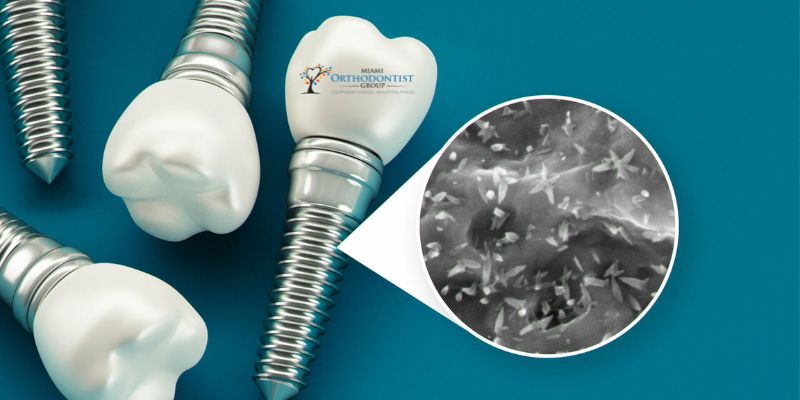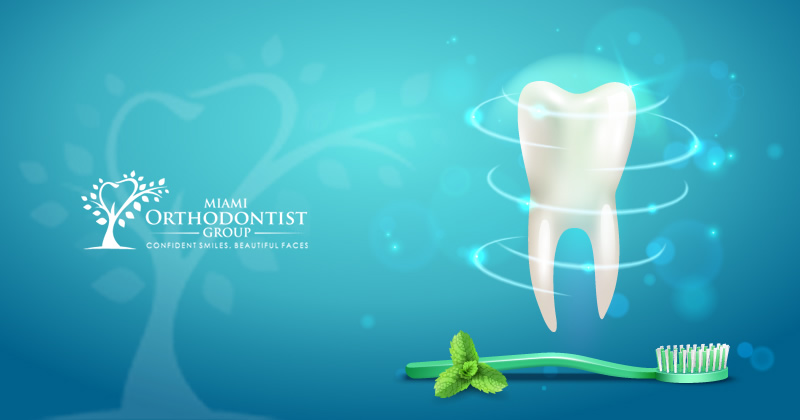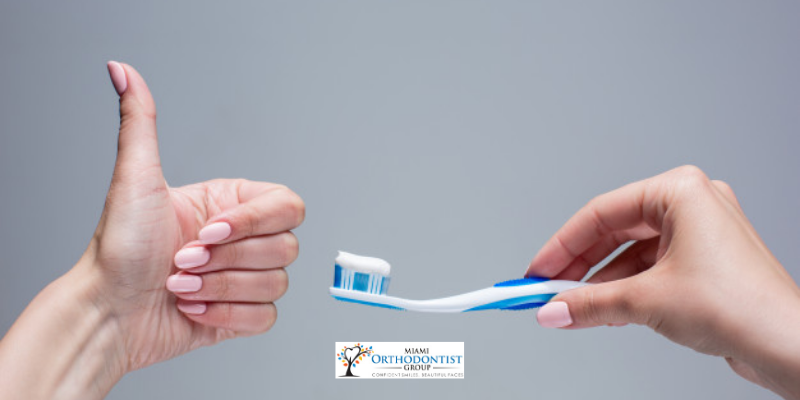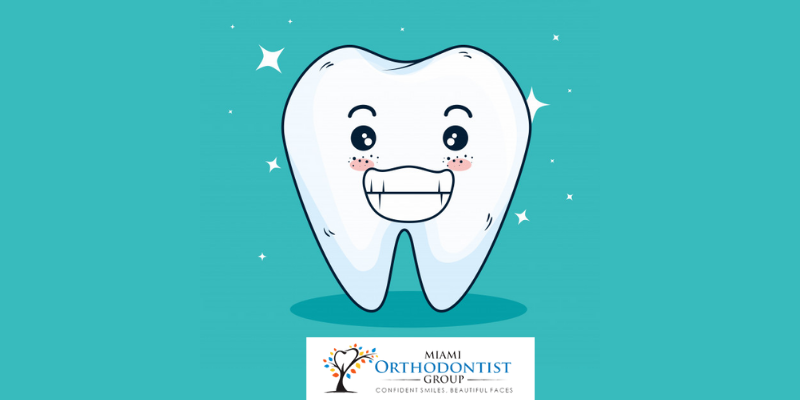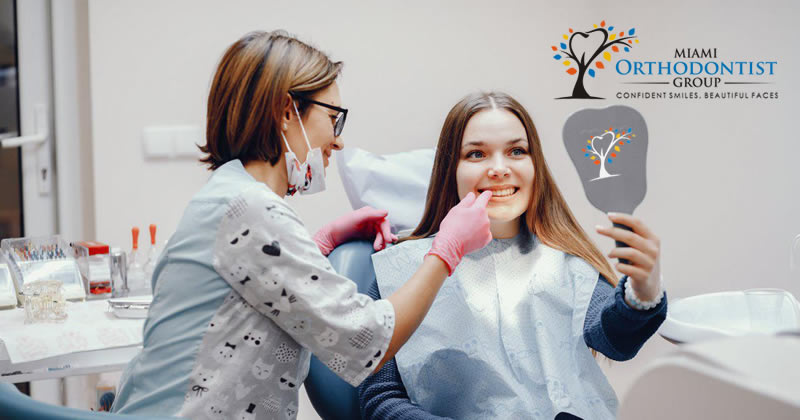Continue reading "Application of 3D Printing in Modern Dentistry"
In recent years, 3D printing technology has revolutionized various industries and dentistry is no exception. Traditional dental techniques often require labor-intensive processes and the involvement of multiple professionals. However, a remarkable transformation has occurred with the advent of 3D printing in modern dentistry. This technology has significantly enhanced dental procedures’ efficiency, precision, and customization, leading …





